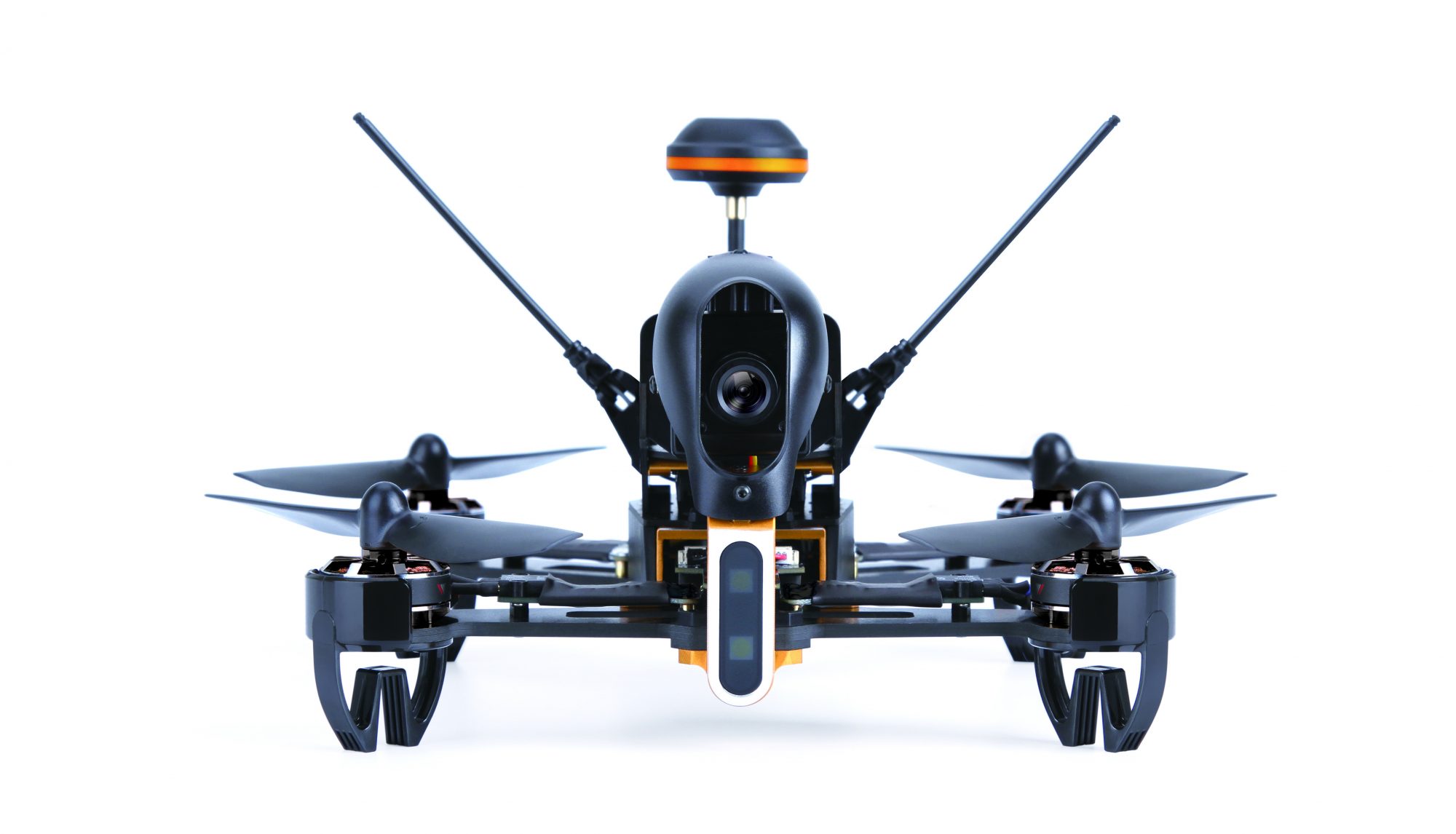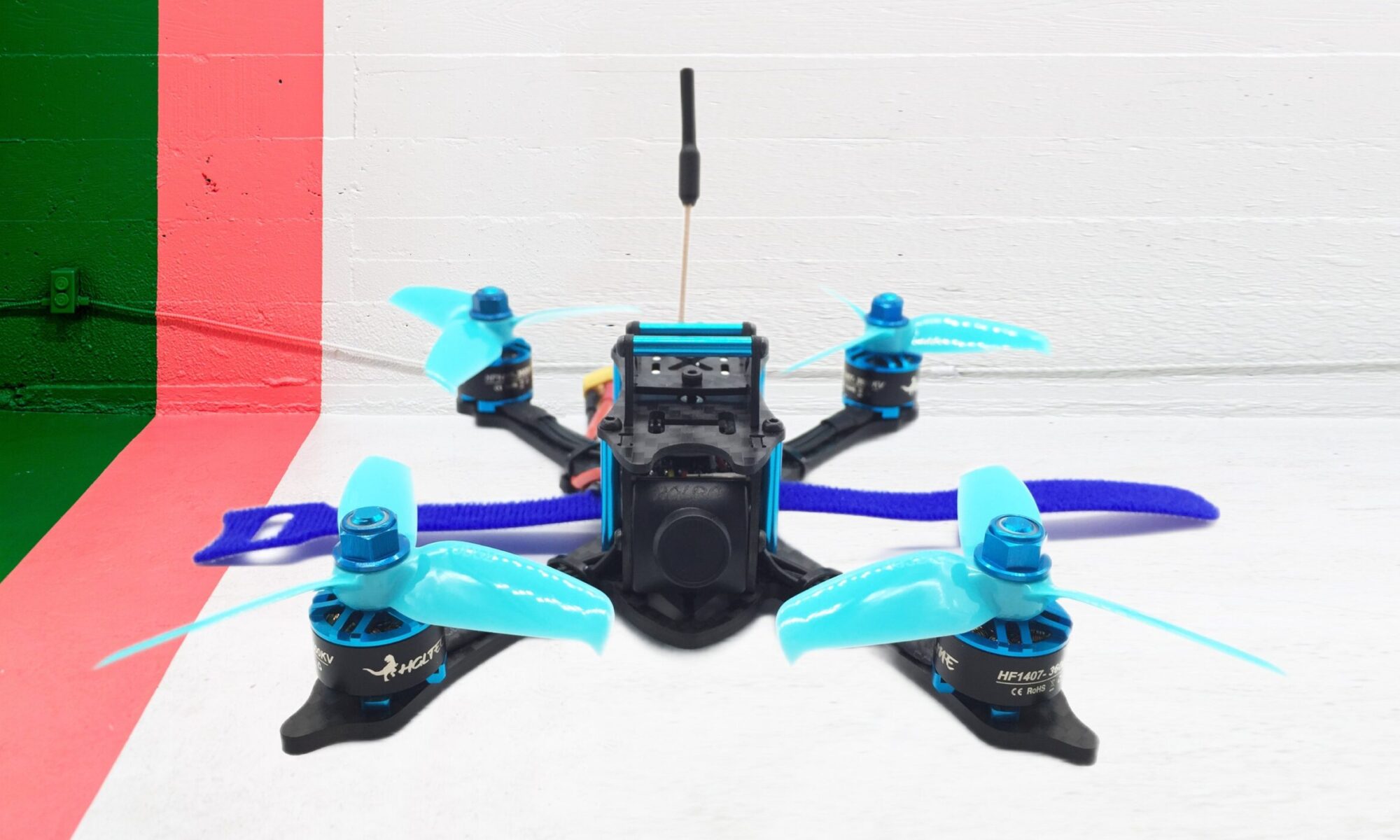Are you a first-time drone buyer looking to explore the exhilarating world of FPV racing or freestyle flying? Choosing the right entry-level drone can make all the difference in your experience. With an abundance of options on the market, it’s important to find the best low-cost drone that offers exceptional performance without breaking the bank. Whether you’re a beginner or a budget-conscious pilot, we’ve narrowed down the top contenders for the best drones, ensuring a thrilling flight experience without compromising on quality. From affordable FPV drone starter kits to feature-packed options, this guide will help you make an informed decision and kickstart your FPV journey.
What exactly is an entry-level drone? In simple terms, an entry-level drone is a beginner-friendly aircraft designed to introduce aspiring pilots to the exciting world of FPV racing or freestyle flying. These drones strike a balance between affordability and performance, making them ideal for those who want to dive into the world of FPV without a significant financial commitment. Don’t be fooled by the term “entry-level”; these drones boast impressive capabilities, allowing pilots to learn and improve their skills while having a blast. With advanced features like stable flight controls, durable construction, and even built-in FPV capabilities, these drones offer an immersive experience that sets the stage for your FPV adventure. Get ready to embrace the thrill of flying with a budget FPV drone that offers excellent value for your money.
How Do I Choose the Best Entry-Level Drone? A Comprehensive Guide for FPV Racing and Freestyle Enthusiasts
When it comes to choosing the best drone for your needs, there are several key factors to consider. Whether you’re a beginner or on a budget, finding the best low-cost drone that offers exceptional value is crucial. Look for a drone that combines affordability with top-notch performance, ensuring you get the most out of your investment. From the best cheap FPV drone to the ultimate budget FPV drone starter kit, we’ll explore the essential criteria that should guide your decision and help you find the perfect entry-level drone.
- Flight Performance: Opt for a drone that offers stable flight controls and responsive maneuverability, allowing you to practice your FPV skills with confidence.
- Durability: Look for a drone with a robust construction that can withstand crashes and impacts, ensuring longevity and reducing the need for frequent repairs or replacements.
- Camera Quality: If you’re interested in capturing stunning aerial footage, consider a drone with a decent camera that provides high-resolution images and videos.
- Battery Life: Check for a drone with a reasonable flight time per battery charge, enabling you to enjoy longer flights and minimize downtime for recharging.
- FPV Capabilities: For an immersive experience, choose a drone that supports first-person view (FPV) flight, allowing you to see the world from the drone’s perspective through a compatible headset or monitor.
- Ease of Use: As a beginner, opt for a drone that is user-friendly and easy to operate, with intuitive controls and straightforward setup processes.
- Spare Parts Availability: Ensure that the drone you select has readily available spare parts, making it easier and more affordable to maintain and repair your aircraft when needed.
- Customer Reviews: Before making a final decision, read customer reviews and ratings to gain insights into the drone’s performance, reliability, and overall user satisfaction.
By considering these essential criteria, you can confidently choose the best drone for the money. Whether you’re searching for the best entry-level drone for FPV racing or freestyle flying, finding a budget-friendly option that doesn’t compromise on quality is entirely possible. Explore the market, compare features, and prioritize what matters most to you as a pilot. With the right drone in your hands, you’ll be ready to take off, embrace the world of FPV, and embark on an exhilarating aerial adventure.
Unveiling the Ultimate Beginner Drone: The HGLRC XJB 145mm FPV Racing Drone
Embarking on a journey to find the perfect beginner drone wasn’t easy. But after countless trials and thrilling flights, I stumbled upon a gem that comes oh-so-close to perfection. Let me proudly introduce you to my XJB – the ultimate beginner drone that ticks all the right boxes.
Now, picture this: my friends bombarded me with questions like, “Which drone should I get if I’m a total newbie?” It was clear they needed guidance, a beacon of light in this vast drone universe. That’s why I decided to pour all my knowledge into this article, providing a comprehensive guide for anyone diving into the hobby.
And guess what? You won’t believe the cherry on top. The entire package, complete with goggles and all the essentials, can be yours for a mere €300!
Prepare to be amazed by the extraordinary features of the HGLRC XJB 145mm brushless FPV racing drone:
- Ultralight 145mm carbon fiber frame with a crash-resistant design ensures durability.
- The advanced F4 flight control system with OSD, VTX, and a 4-in-1 BLHeli-S 28A DShot ESC guarantees precise control and smooth flight performance.
- Equipped with the more powerful HF1407 3600KV micro brushless motor and 3045 three-blade propeller, the drone delivers impressive thrust and speed.
- Enjoy a real-time FPV experience with the 5.8G video transmitter and a 600TVL CCD camera featuring a 2.3mm 120-degree FOV lens.
- The drone includes a mount for a flight recording camera, such as a GoPro Session, allowing you to capture stunning aerial footage.
With the HGLRC XJB 145mm brushless FPV racing drone, you can dive into the world of FPV racing or freestyle flying with confidence. This budget-friendly drone offers exceptional value for beginners, combining affordability with top-notch performance. It’s the ideal entry-level option to kickstart your drone flying journey.
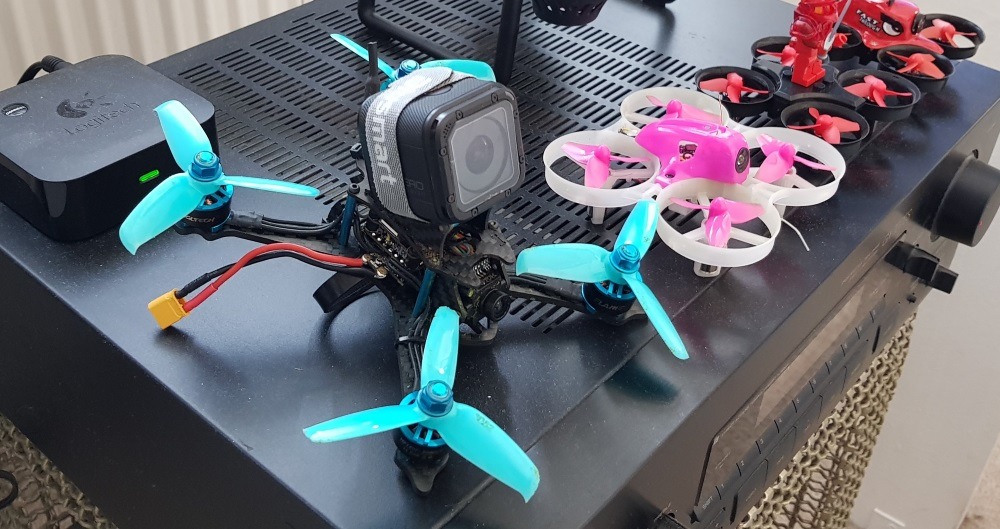
The HGLRC XJB145
If you follow the site a bit, you won’t be really surprised. I’ve been a huge fan of the HGLRC XJB145 since day one. It’s also not really a beginner drone, but its extremely low price (especially compared to its performance) and many other positive points compared to only extremely small disadvantages make the thing a mad copter.
It’s “only” a 3″ racer – but this class is simply fantastic. You can get it under the magic 250g, but it still has enough power to even carry a GoPro. If you don’t believe it, here’s the proof:
Now, I would like to list the points for and against the HGLRC XJB145 in detail:
The disadvantages
The biggest disadvantage is probably that it is not RTF. So it is not Ready To Fly. This means that you still have a minimal construction step in front of you before you can take off into the air. The Quad comes without a receiver. The Receiver (a part which connects radio control and Quad) must still be soldered by hand to the circuit board. Now the question is, is this really still the “best beginner drone?” If you can not simply take it out of the box and fly away? I think so because that is part of it. And soldering a receiver on is the easiest step. But even if you can’t do that, just ask someone who had a soldering iron in their hand and can help you. (UPDATE: There are also BNF models where you don’t have to solder! Take a look below.)

The HGLRC XJB-145 – For me the best entry-level drone
The second disadvantage (but this applies to almost all FPV Racing drones) is: It has to be ordered in Asia. The shipment is for umme, but it just takes 2 to 3 weeks until it is there.
So, I guess that’s it with the downside.
Advantages
Tune: I (like many others) unpacked my HGRLC and it flew fantastically from the first moment! That’s not necessarily the case. Almost everyone who bought a Wizard X220 (the best entry-level drone from 2016 and 2017) had to realize that it almost always “wobbles” a bit, and you have to tune the PID. Without this tuning, the drone is simply not well in the air. But especially as a beginner you have no idea how to tune the PIDs. The Racequad of HGLRC, on the other hand, was perfect and had not a single vibration.
Can GoPro: Although the XJB-145 is relatively light and “only” a 3-inch drone, it is even strong enough to carry a GoPro. (With GoPro, however, it will be over 250 grams with the corresponding battery). In the video above you can see how performant only the 80g GoPro session is.
Quality Control: The quality control at HGLRC seems to be exceptionally good. My XJB and also the experiences I made with YouTube videos show that HGLRC only sends extremely well working and adjusted models. This is where HGLRC stands out from other Chinese manufacturers who like to deliver a defective drone.
Very good FPV camera and VTX: The HGLRC XJB145 has an “only” self-branded FPV camera (HGLRC ELF), but in combination with the VTX it delivers one of the best images I have seen on our quads.
The picture that the XJB brings to the goggles is really incredible, especially if you look at the total price of the package. And especially the FPV image is a real Achilles heel for most beginner models. With many other beginner drones like the Wizard X220, the camera and the VTX is one of the first things you exchange because the quality is grottig. Not so with XJB145. I am happy every time again when I see the clear sharp and good picture in my goggles. One of the most important points for the XJB speak.
“3” are very stable: In contrast to 5″ models, 3″ models are much lighter. Nevertheless, they are also made of stable carbon and due to the fact that they don’t have so much weight they don’t have so much kinetic energy when you fly against an obstacle. That makes them quite stable overall. I have crashed my XJB145 several times really hard – and it almost always survived without any problems. All I’ve been able to do so far is destroy an engine when I looped the XJB hard in the asphalt. The frame didn’t scratch.
Batteries and parts are cheap: A small but extremely important advantage for beginners is: with 3″ models everything is much cheaper than with 5″. This is especially true for the LiPo batteries, but the broken motor mentioned above only cost me 12 €.

What else is needed?
(shopping list with the links to the different shops is at the bottom of the page)
Goggles
Besides the drone and the remote control, the most important component in FPV flying (i.e. flying from my perspective) is the goggles. But FPV goggles can be very expensive. That’s why I recommend a very cheap pair of goggles for getting started. If you find out then that you mean it with the hobby first, you will replace these soon. But the recommended Eachine EV800 has a big advantage: If you replace it with a better pair of goggles, it is very suitable as guest goggles or as a monitor (is modular) for guests. And believe me, you want people you take with you to fly to also have some of the first-person perspective flying. These goggles are optimal for that! And until then it is also suitable as goggles for you – the price is more than reasonable.

Spark
For the spark, I chose a quite simple Flysky model. But the Flysky FS-i6S works quite well. Also, the Gimbals are clever. There is another number cheaper, the Flysky FS-i6X. But I left it out here because it doesn’t have a USB port. This means that you can’t fly on a simulator computer (because only the i6S has a USB port). And we should really practice flying a simulator!
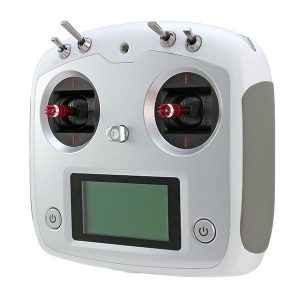
Receiver
This is the receiver: a small part that receives the radio signals from the radio remote control and transmits them to the drone. The Receiver is usually not with the drone itself thereby, since one uses depending upon used radio another protocol and thus also another Receiver needs. Therefore one must buy and solder the Receiver nowadays actually always extra. That sounds first more threatening than it actually is. We used here a very simple Flysky Receiver. If you don’t know exactly how to get the one on it write me in the comments and I make a video especially for the XJB and this receiver.
UPDATE: I just saw that Aliexpress and Gearbest (click on AE or GB at the bottom of the shopping list) also have BNF models of the XJB. The receiver is already built in! Look for models with “multiple colors” and then select the BNF model with FS-A8s receiver.
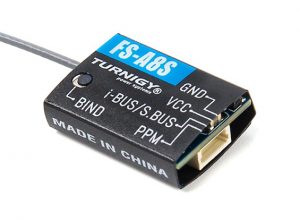
Batteries + power supply unit
With the batteries, I am not 100% sure which one I should recommend exactly. The HGLRC XJB145 is a Quad that can handle an extreme bandwidth of batteries. It works with 3S and 4S lipos. Whereby I would probably recommend the 3S for beginners first of all. With 4S the device is much faster and more aggressive. But it was with me so that the tune was optimized on 3S, with 4S there were light vibrations and it had to be readjusted. But if you want to transport a GoPro I would probably recommend 4S.
If you don’t understand what I’m talking about read the article here.
Concerning the capacity of the battery, I am very uncertain. I’ve seen people fly with 650mah, but I’ve also flown with a 1200mah myself. I think as a compromise an 850mah 3S is recommended is then the right one. I don’t want to recommend cheap battery models because to save here would be really at the wrong end saved, besides, the smaller batteries as already mentioned above are relatively cheap compared to the big ones for 5″. I’ve never had any problems with Tattoo Lipos before, here price performance is just right. Get 3-4 batteries and a simple power supply.
What happens after the purchase?
When all the ordered parts have arrived there are the following steps to do:
- Solder on the receiver (PNP models only)
- Bind” spark with the receiver
- Connect the drone to the computer via Betaflight
- check if the spark is correctly connected and the signals arrive cleanly
- “Set “Modes”: “Arm” and put flight modes on the levers of the spark.
- Set HUD
- Charging batteries
- Flies!!!
I think I will make a small video series to these points with Youtube. Write me which topic you are most interested in and to which I should make a video.
If you are a complete beginner and want to know how to learn how to fly best: As a gift for signing up in my newsletter, you get the book “In 8 steps to the FPV Pilot” for free. You can also unsubscribe immediately from the newsletter, but I would still be happy if you take a look at a few newsletters before you unsubscribe. Maybe you like it even quite well =)
shopping list
Quad: HGLRC XJB145 | 140 € | Amz BG GB AE
Brille: Eachine EV800 | 50 € | Amz BG AE
Funke: Flysky FS-i6S | 60 € | Amz BG GB AE
Receiver: Flysky FS-A8S | 10 € | Amz BG GB AE (only required for PNP not for BNF)
Rechargeable Batteries: Tattu 11,1 V 3S 850mah XT30 | 15 € | Amz BG GB AE
power supply: Charsoon DC-4S | 12 € | Amz BG
So, you see: The complete package is available for less than 300 € (!!!)
